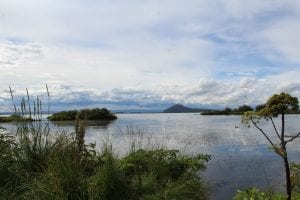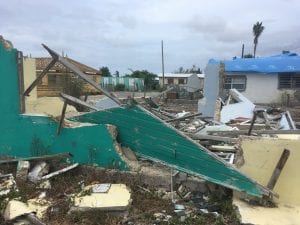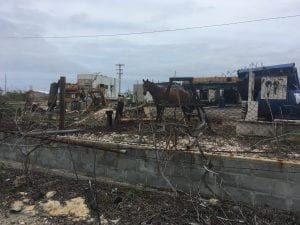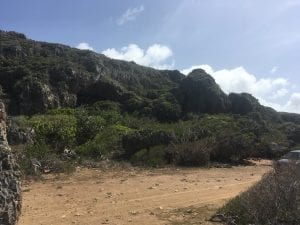Month: November 2018
Hannah Stroud, Iceland
Michael Cole, Barbuda
During the summer, I spent several months embedded in the coastal community of Barbuda. Barbuda is a small (62 sq. mi) twin island nation located in the Eastern Caribbean, approximately 25 miles to the north of the mainland, Antigua. My aim was to learn more about the realities on the ground in Barbuda following the devastating Category 5 Hurricane Irma that decimated the island in September 2017.
The crippled and overturned mangroves, twisted metal and crumbling concrete strewn across nearly every street corner and plot of land served as a visible reminder of the existential, albeit unevenly distributed threat that climate change represents for humankind. Despite the carnage, Barbuda is a dreamscape.
The terrain is endowed with unspoiled, dynamic coral reef-dyed pink and white sand beaches juxtaposed by hypnotic turquoise water, intricate cave systems designed by endless volleys of Atlantic ocean waves cover the North while iridescent plains of salt enrich the south.
Over a span of several weeks, I volunteered with the local government known as the Barbuda Council (BC) as well as the United Nations Development Programme (UNDP) and the International Red Cross. My tasks ranged from picking up debris and building roofs to organizing government files and training the BC’s nascent civil service.
My visibility within the community helped me to build networks of trust in addition to several enduring friendships that could facilitate future research and collaboration. My immersion into the history, culture, and current political contestation around land tenure and environmental issues in Antigua and Barbuda has given me a glimpse of the complex challenges as well as potential opportunities that exist for coastal communities across diverse developmental and environmental conditions


















